By Jenny Kattlove
Getting Dental Care to Children Who Need It Most
For Tina Infante’s one-year-old son, Joseph, what began as a broken tooth ended nine months later with two visits to an emergency room in Humboldt County and four extractions by a pediatric dentist. It is an expensive solution that still leaves Joseph’s dental health in question for many years to come. Joseph’s experience was extreme, but it is a glaring example of the consequences of the state of children’s dental care in California. Instead of cost-effective and stable preventive dental care, many children end up with temporary and expensive care through ERs, as Joseph did.
Alarmingly, the access problem is poised to get worse. While we applaud the federal government for ensuring that millions of additional children obtain dental coverage under the Affordable Care Act, many parts of California do not have the supply of dental care providers to meet current demand, let alone this growing demand. Fifty-three of California’s 58 counties have at least one area with a federally designated shortage of dentists. These communities are usually poor and are home to more than one million children. Even when parents can find a provider covered by their insurance in other areas, they often face transportation problems and months-long waiting lists for their children to be seen. It’s not surprising that nearly a quarter of California’s children under age 12 have never once been to a dentist. The ensuing dental problems result in school absences and can lead to more serious health problems.
So what’s the solution? Later this month, the California Assembly will consider SB 694, a bill that looks to address these problems through innovative approaches. The bill, by Sen. Alex Padilla (D-San Fernando Valley), would authorize a study to evaluate a new dental workforce model, which would train dental professionals to provide preventive and restorative dental care to underserved children in schools and other community sites. While some problems will always require a dentist, similar models have increased access to high-quality dental care in places like Alaska, Canada and more than 50 other countries. Such a solution is urgently required to help close the gap in dental care for California’s children.
In addition, SB 694 would strengthen California’s office of oral health. Led by a dental director, the office will provide state leadership and implement much needed oral health programs and would allow California to access millions of federal dollars to provide these critical programs to vulnerable populations.
A broken tooth or a simple cavity in childhood should not lead to a lifetime of dental problems. Nor should parents be unable to access affordable dental care for their children. SB 694 would help ensure these problems become a thing of the past and that California’s kids have a healthy future.
